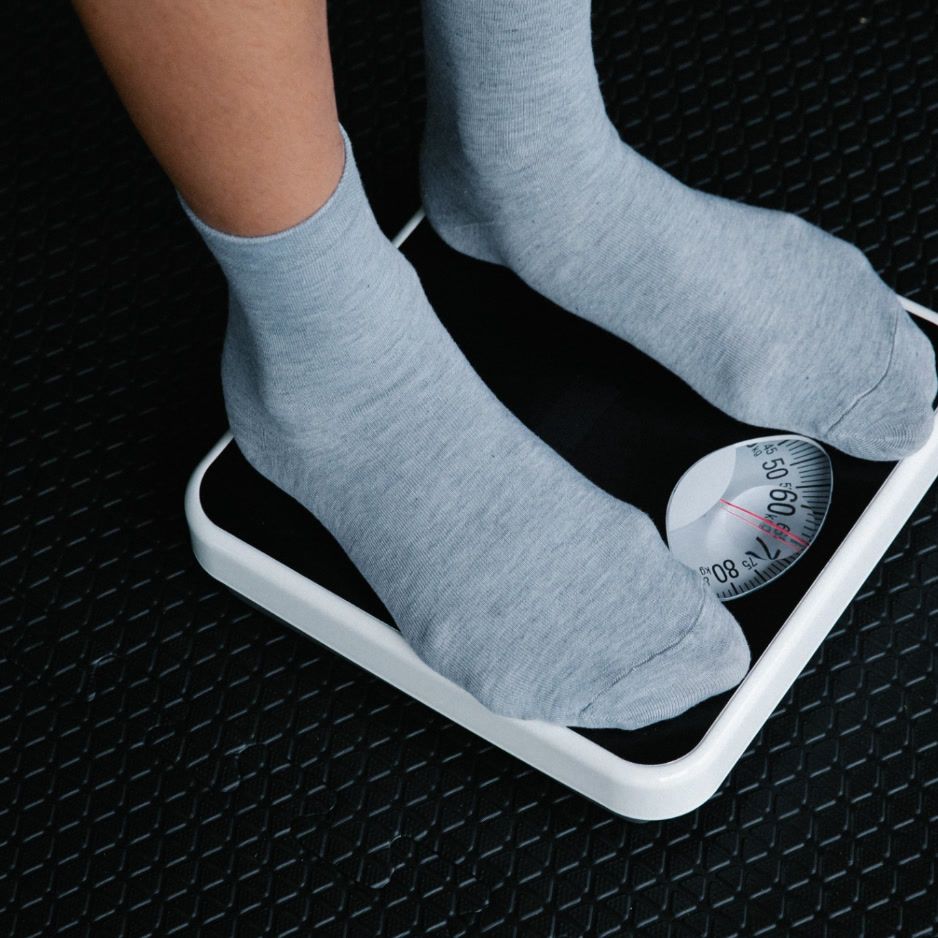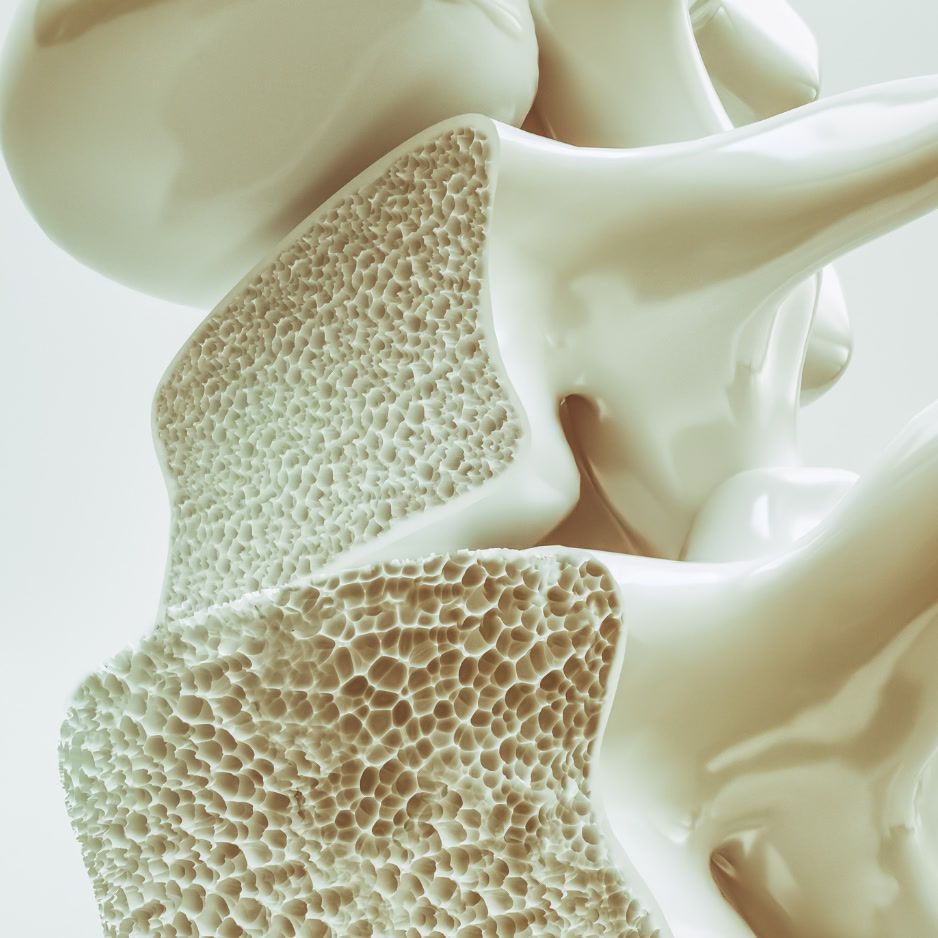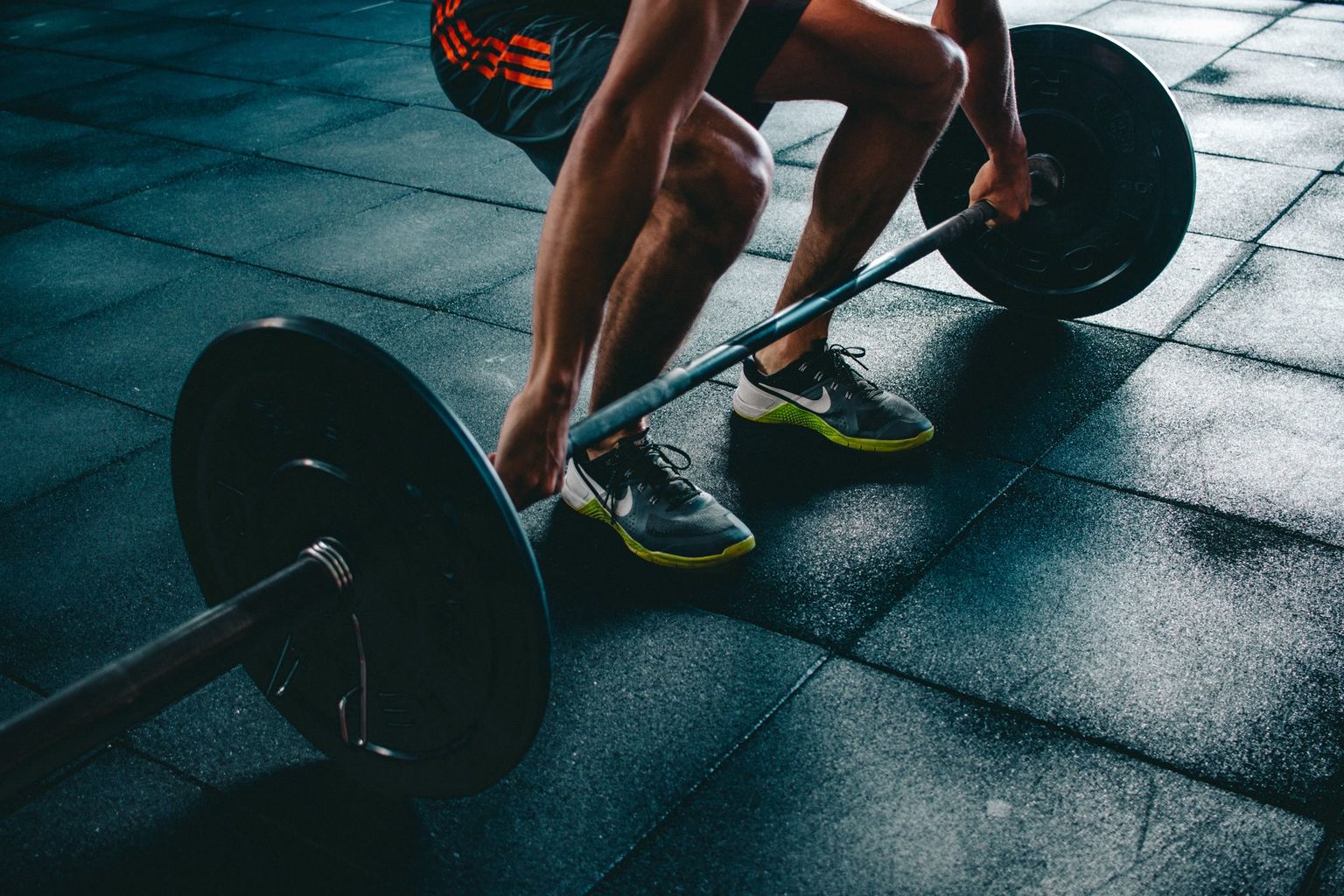Are DEXA Scans Worth It? Cost & Benefit Analysis
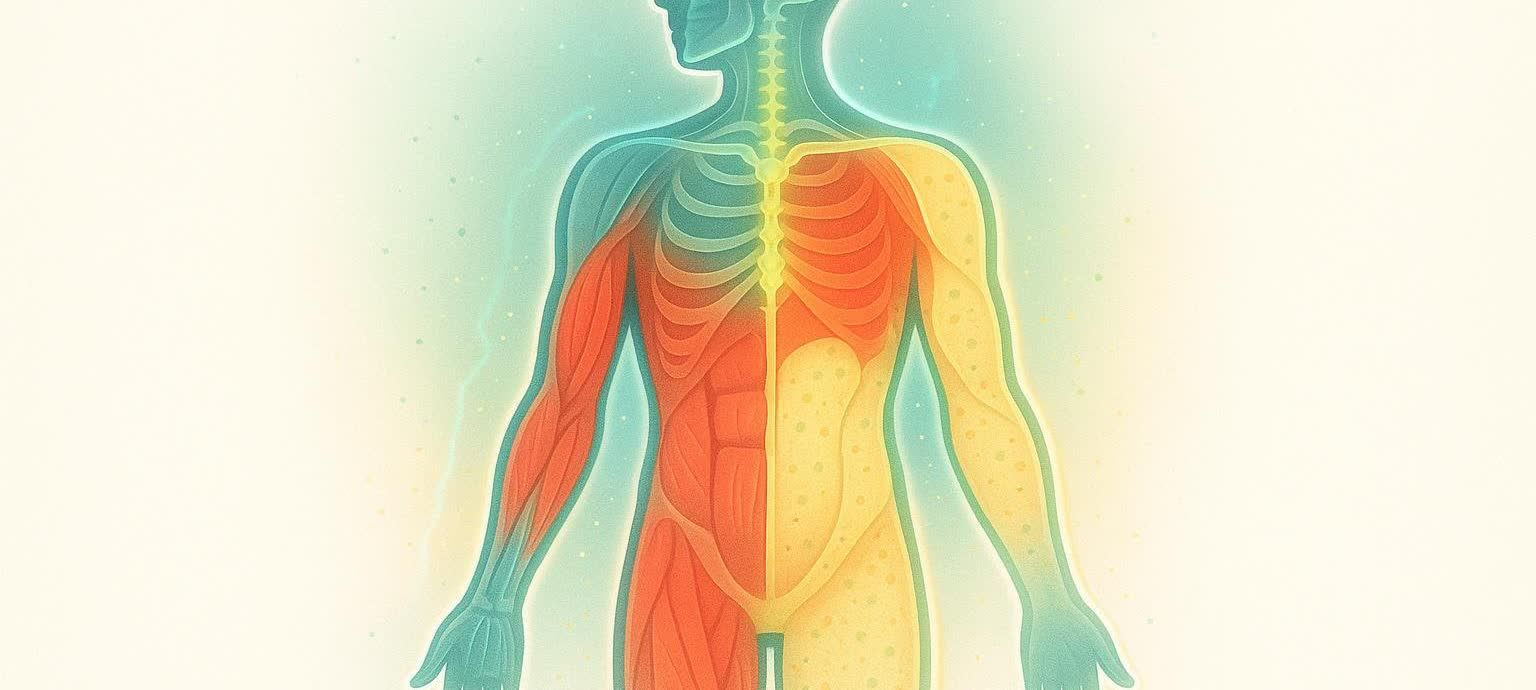
Are DEXA Scans Worth It? Cost & Benefit Analysis
TL;DR – For most fitness enthusiasts, longevity-minded biohackers, and adults concerned about bone health, a DEXA scan’s granular data and modest cost (BodySpec scans are typically $40–$60 per session) deliver actionable insights on body fat, muscle mass, and bone density—making it a high-value tool for health optimization. View current packages.
What Exactly Is a DEXA Scan?
A Dual-Energy X-ray Absorptiometry (DEXA or DXA) scan uses two low-dose X-ray beams to assess your body. Bone, lean tissue, and fat absorb these X-rays at different rates. Specialized software analyzes these differences to accurately distinguish between them.
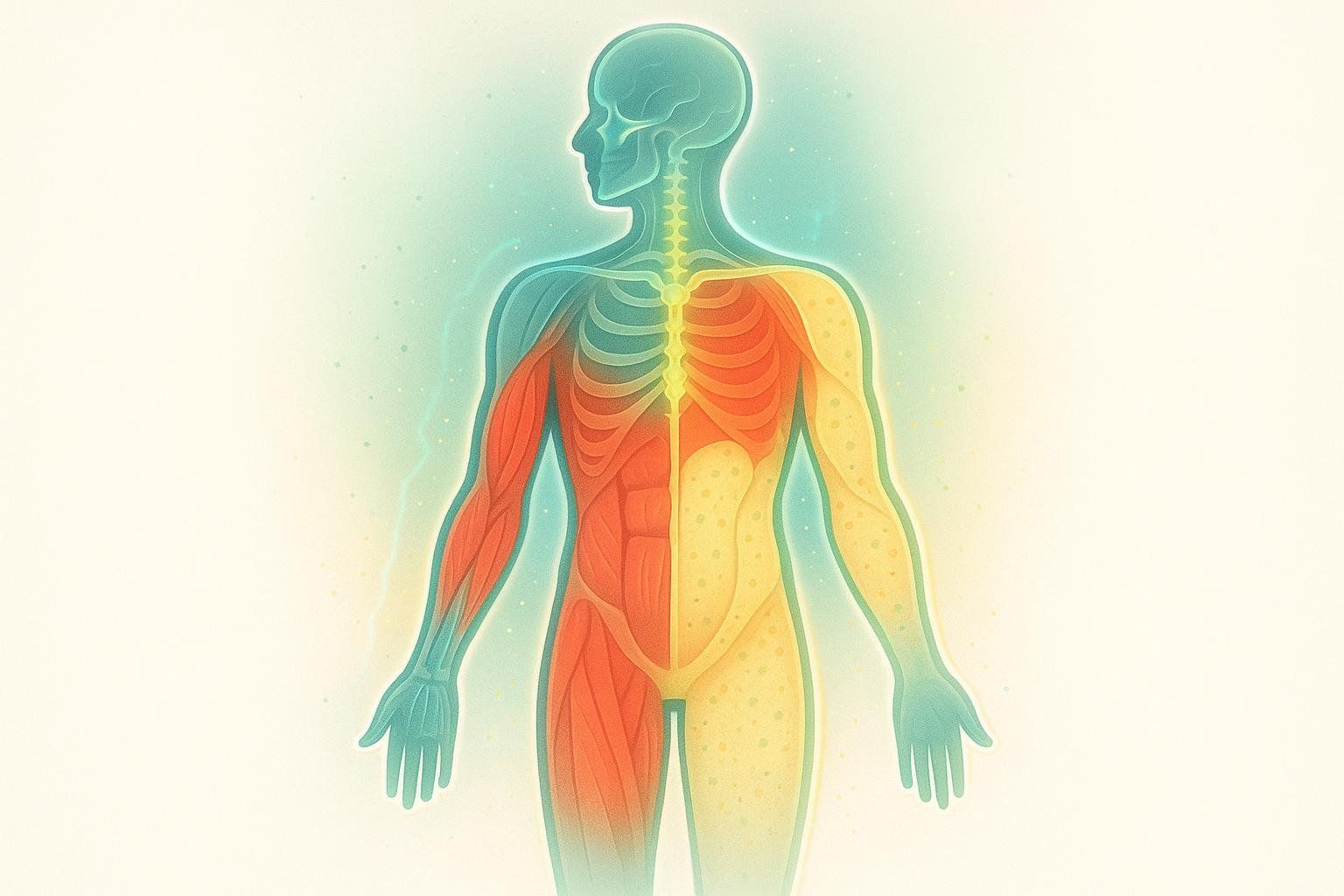
The scanner’s software then creates a precise map of:
- Total and regional body-fat percentage
- Visceral fat mass (the hard-to-see fat around your organs)
- Lean muscle mass by limb and trunk
- Bone-mineral density (BMD) trends
The scan itself takes about 10 minutes, is painless, and simply requires you to lie still on a padded table while the arm of the scanner passes overhead (CDC: DEXA overview).
Two Types of DEXA Scans (Know the Difference)
- Non-diagnostic whole-body DEXA – Comprehensive body-composition scan that also provides an overall bone-density estimate. This is what BodySpec provides; it’s ideal for tracking fat, muscle, and visceral fat trends. It does not diagnose disease.
- Diagnostic bone-density DEXA (axial) – A medical test of specific sites (usually hip and spine, sometimes forearm) ordered by a clinician to assess fracture risk and diagnose osteopenia/osteoporosis (see overviews from the Cleveland Clinic and the NHS).
How Accurate Is It?
- Large reviews show whole-body DEXA error rates typically around ±1–2% for fat and lean mass, according to a 2017 review of DEXA body‑composition methods.
- At BodySpec, we perform daily quality‑assurance and calibration checks and maintain an internal precision target of approximately ±0.5% for body‑fat percentage measurements under standardized conditions. High precision supports reliable scan‑to‑scan comparisons for tracking changes over time; this is distinct from absolute accuracy reported in the literature (Accuracy & Calibration).
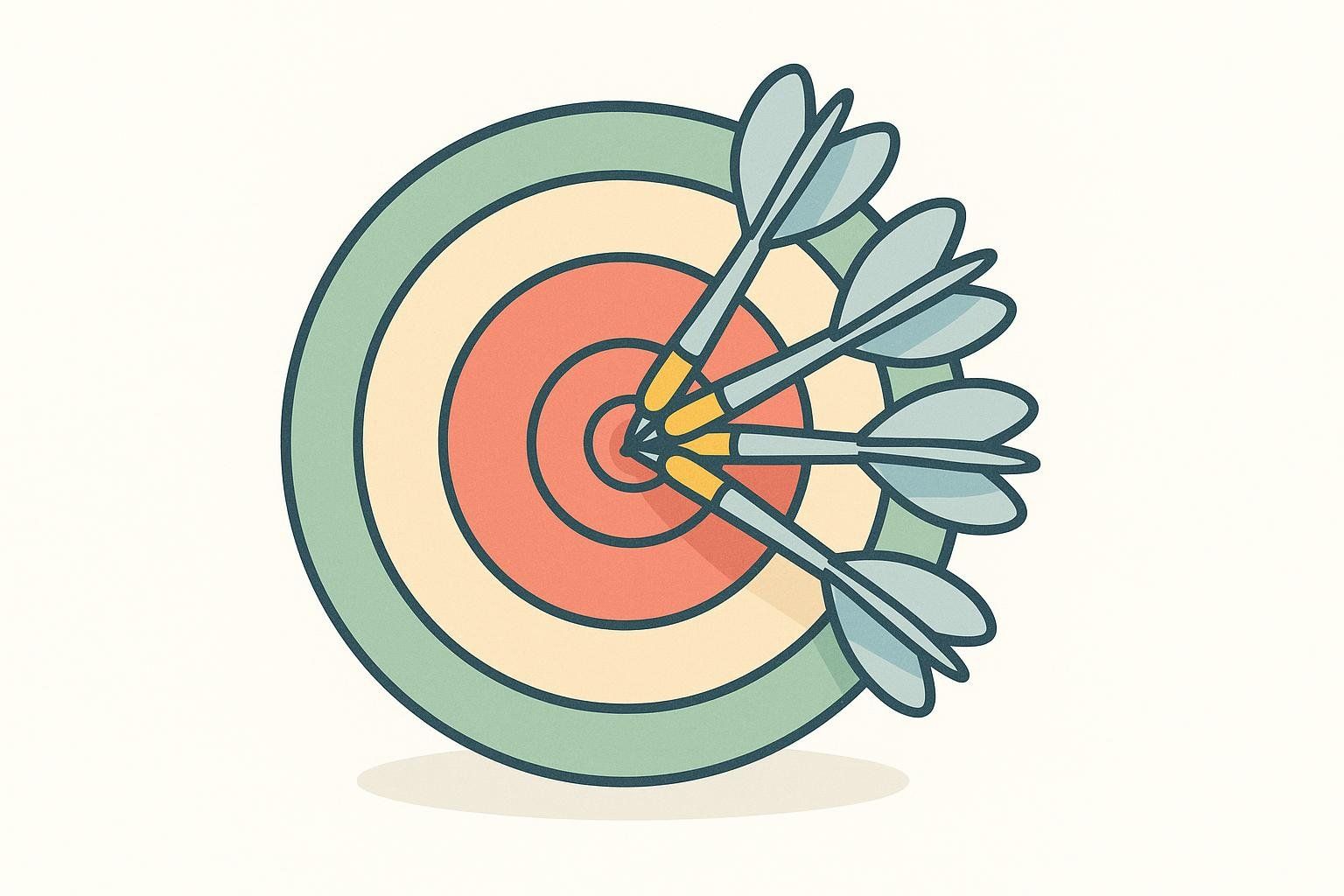
DEXA Scan Cost Breakdown
| Service | Typical U.S. Cash Price | Notes |
|---|---|---|
| BodySpec whole‑body (non‑diagnostic) DEXA | $40–$60 | See packages and memberships. |
| Hospital diagnostic bone‑density DEXA | $300+ | Often ordered by a clinician; may be billed to insurance when medically indicated. |
| InBody bio‑impedance test | $25–$50 | Lower cost but higher error margin; hydration sensitive. See our InBody vs. DEXA comparison. |
| 3‑D body scanner | $30–$80 | No bone or visceral‑fat data. |
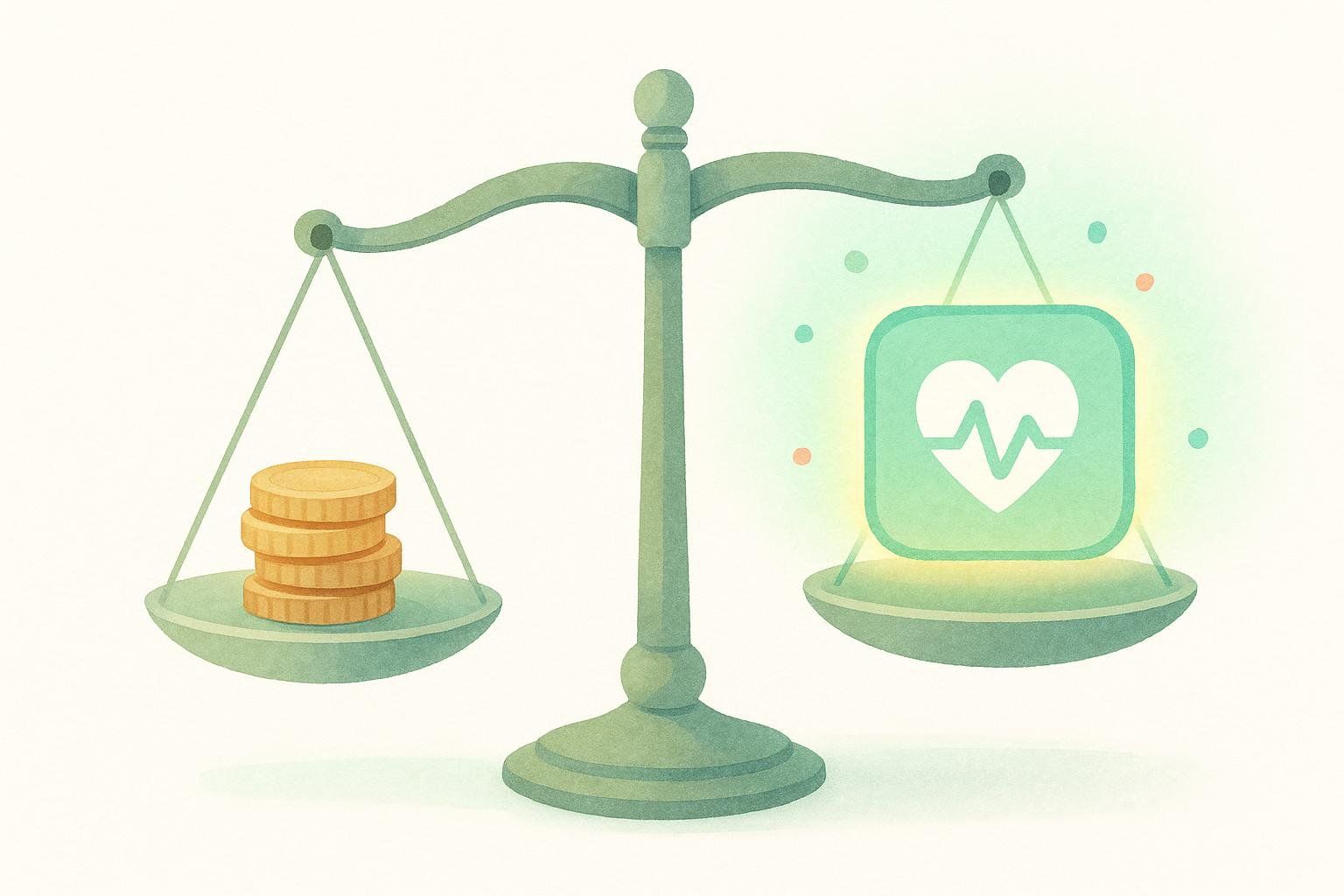
For a detailed price comparison across U.S. cities, see our full cost analysis.
Why a DEXA Scan Is Worth It: 6 Key Benefits
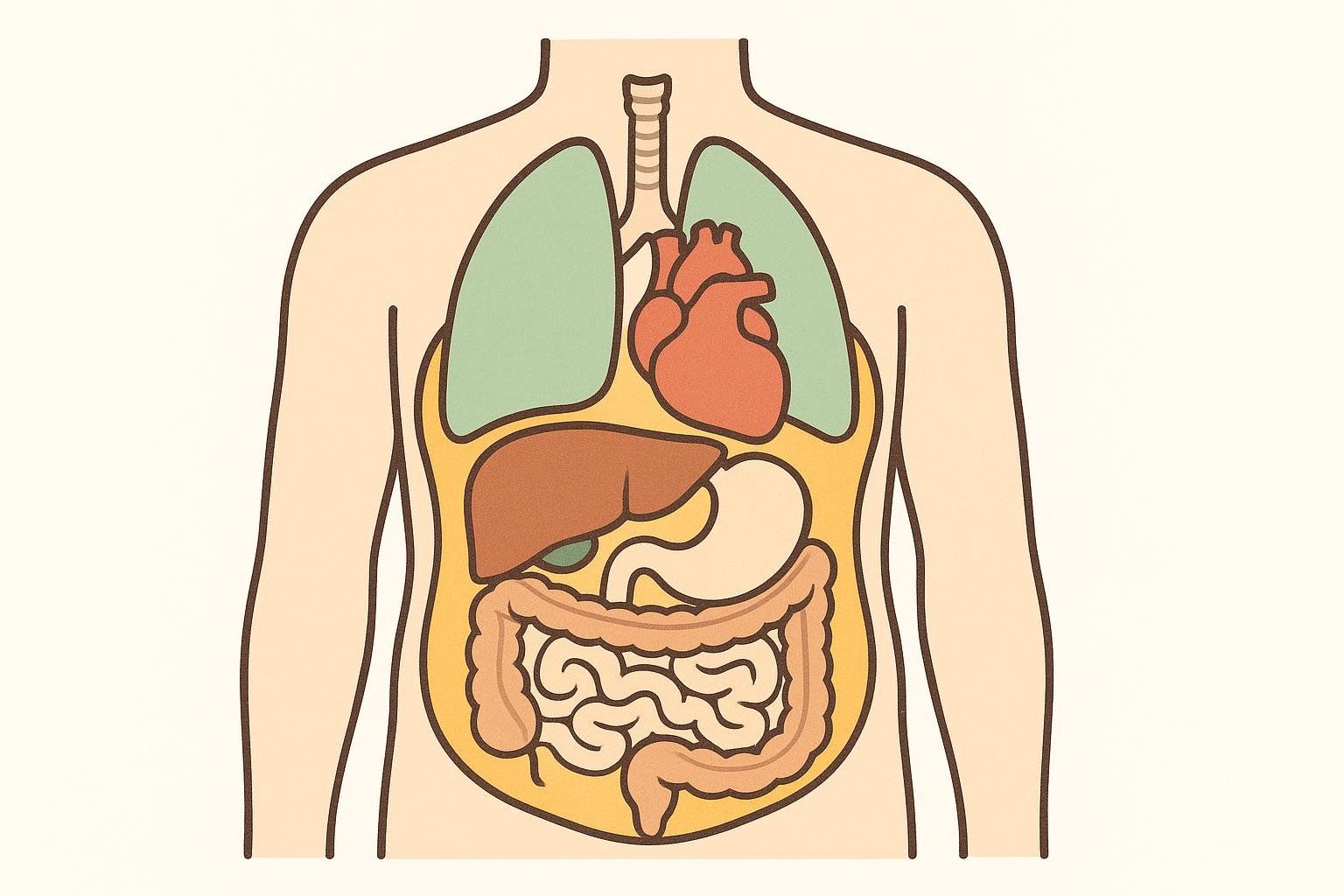
- See Visceral Fat, Not Just “Belly Fat.” DEXA quantifies the fat wrapped around your liver and intestines—something calipers or the mirror can’t do. Elevated visceral fat is strongly associated with higher cardiometabolic risk in population studies.
- Track Muscle on Each Limb. Wondering if your new training split is fixing a left/right imbalance? DEXA lets you verify progress with objective data.
- Monitor Whole‑Body Bone Trends Over Time. While non‑diagnostic scans can’t diagnose disease, they provide a repeatable, whole‑body bone‑density estimate that helps you watch trends and discuss any concerns with your clinician.
- Repeatable, Apples‑to‑Apples Comparisons. Standardized protocols enable scan‑to‑scan comparability—useful for tracking small changes over months or years.
- Extremely Low Radiation—Comparable to Daily Background Exposure. A DEXA scan typically delivers just a few microsieverts (often ~3–10 µSv), depending on system and settings—on the order of everyday background radiation (IAEA). Learn more in Is a DEXA Scan Safe?.
- Actionable, Granular Reporting. Reports pinpoint exactly where you gained muscle or lost fat, making it easier to craft targeted workout, nutrition, or medical plans.
Limitations & Considerations
- Avoid if pregnant. Pregnant people should wait until after delivery (CDC: DEXA overview).
- Results require standardized prep. Hydration and recent exercise can shift readings on many methods. Follow our DEXA scan prep checklist for reliable data.
Who Gets the Most Value?
Fitness Enthusiasts
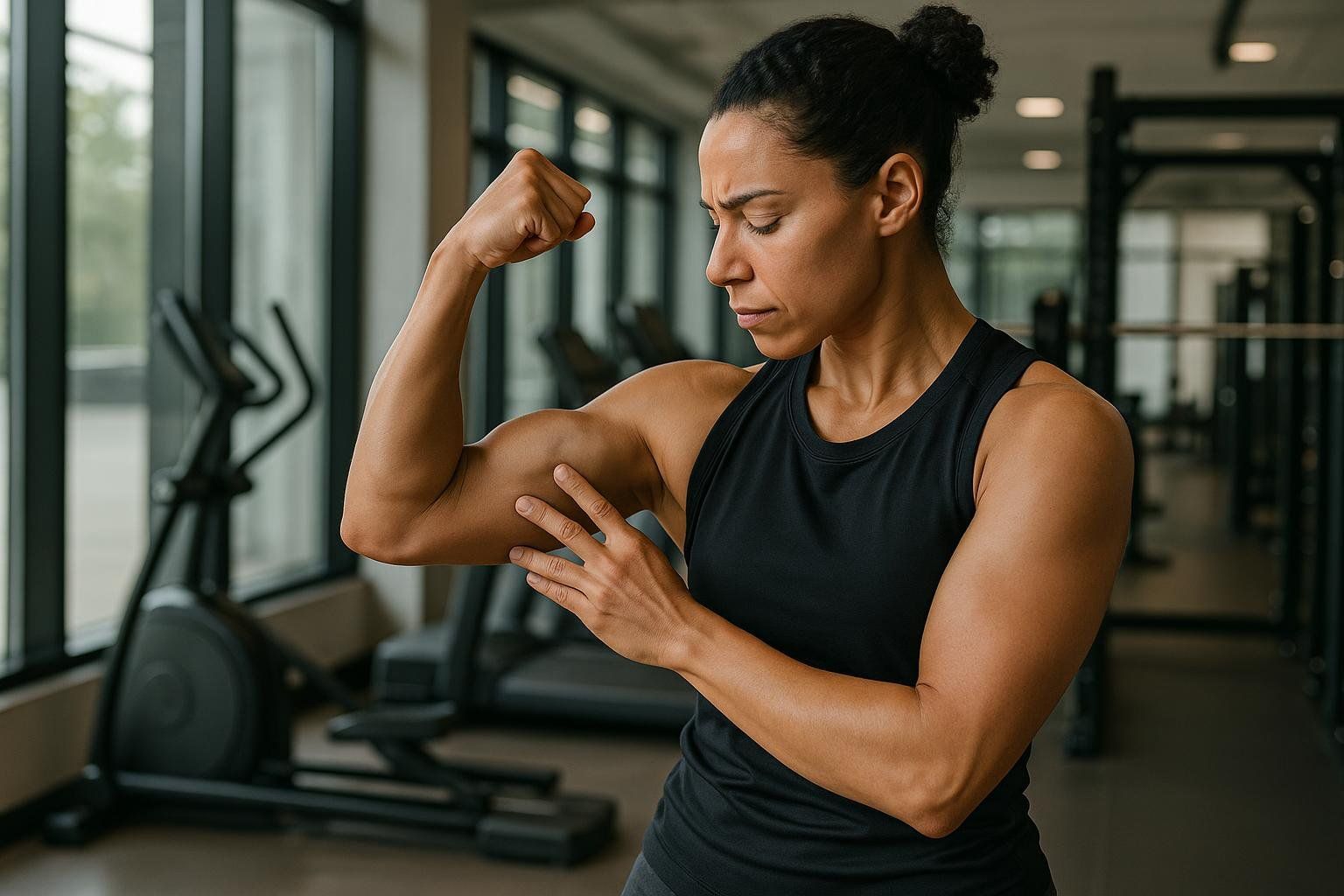
- Often scan every 3–4 months to evaluate bulking/cutting cycles and training‑block effectiveness.
- Use segmental lean‑mass data to address left/right imbalances.
- Pair DEXA insights with macro tracking to fine‑tune nutrition.
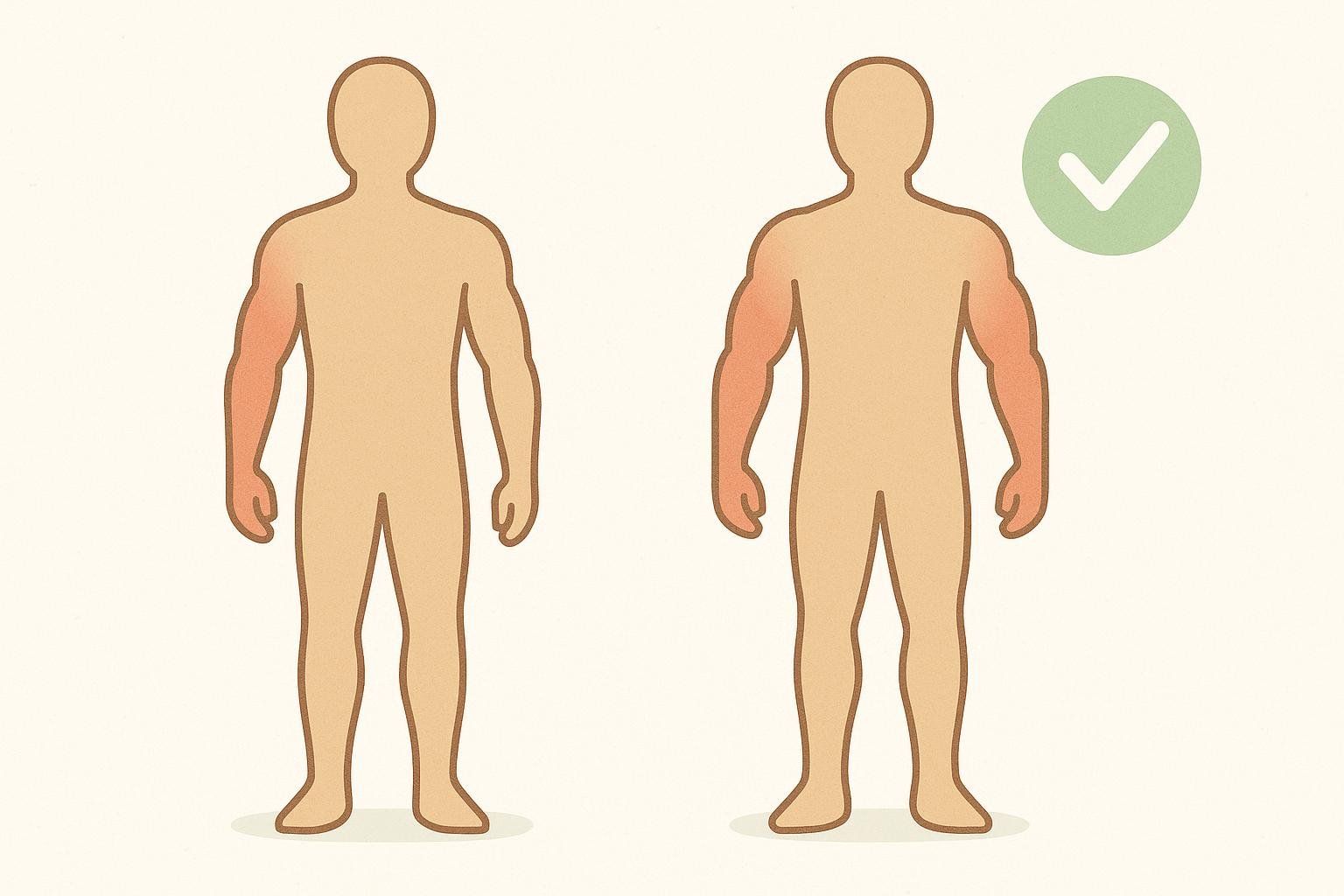
Bone‑Health Monitors

- Use clinician‑ordered diagnostic hip/spine scans to track T‑scores and fracture risk.
- Individuals may discuss using non‑diagnostic scans with their clinician between assessments to watch whole‑body trends.
- Review results together to refine diet, weight‑bearing exercise, and timing of follow‑up diagnostic testing.
Athletes & Biohackers
- Leverage segmental lean‑mass and visceral‑fat metrics to target weak links and manage risk.
- Combine DEXA data with HRV, training logs, and metabolic testing for periodized planning.
- Rescan on a set cadence (e.g., quarterly) to quantify adaptations.
How to Get the Most from Your DEXA Scan
- Standardize your routine. Pick a repeatable time of day, keep hydration consistent, and avoid heavy meals right before scanning.
- Remove Metal & Thick Clothing. Zippers and hooks can create artifacts (see the DEXA scan prep checklist).
- Set SMART goals from the report. Example: “Add 2 lbs of leg lean mass and cut visceral fat by 0.3 lbs in 12 weeks.”
- Follow up regularly. Many body‑composition users rescan quarterly; bone‑focused users follow clinician‑guided intervals.
Frequently Asked Questions
Looking for quick answers? Here are the questions we hear most often about DEXA value, safety, and logistics.
How often should I get a DEXA scan?
For body‑composition tracking, a common frequency is every 3–6 months. For bone‑density monitoring, many clinicians recommend a diagnostic hip/spine DXA about every 2 years for women 65+ and men 70+, with earlier screening for those at higher risk (e.g., prior fracture, glucocorticoid use, very low body weight), according to guidelines from the Bone Health & Osteoporosis Foundation and the USPSTF.
Will my insurance pay for it?
Insurance may cover diagnostic bone‑density DEXA when medically indicated and ordered by a clinician. Non‑diagnostic whole‑body scans for fitness or wellness are typically self‑pay. Check your plan.
How do DEXA scans compare with InBody or skinfold calipers?
DEXA is generally more accurate and less variable than bioimpedance devices or calipers, especially across different hydration states and technicians. For a detailed comparison, see InBody vs. DEXA.
Is a DEXA scan safe?
Yes—the radiation dose is minimal. For a full breakdown, see our guide: Is a DEXA Scan Safe?.
The Bottom Line
Objective, lab‑grade numbers empower smarter training cycles, targeted nutrition, and proactive bone‑health decisions—making a DEXA scan one of the most cost‑effective health investments available. With BodySpec’s $40–$60 pricing and rigorous quality assurance for consistent results, it’s hard to find more actionable data per dollar.
See BodySpec pricing and packages or book your scan to start turning data into results.
